Understand past performance with detailed reports and dashboards.
Forecast future trends and behaviours using advanced modelling techniques.
Optimize decision-making with actionable recommendations.
Leverage large data sets to uncover hidden patterns and correlations.
Gain immediate insights for timely and informed decisions.
Descriptive analytics focuses on analyzing historical data to uncover trends and changes. It employs data aggregation and mining techniques to derive insights into past performance.
Reporting: Create comprehensive reports that summarize historical data, offering a clear view of past business performance.
Dashboards: Develop real-time dashboards that provide at-a-glance insights into key performance indicators (KPIs).
Trend Analysis: Identify patterns and trends over specific periods to help understand what has happened in your business.
Data Aggregation: Collect and compile data from various sources to provide a unified view.
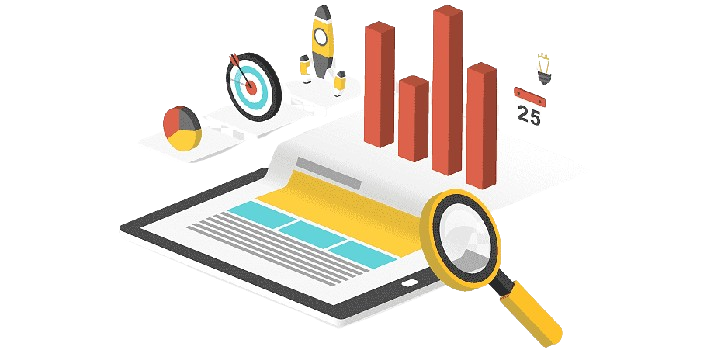
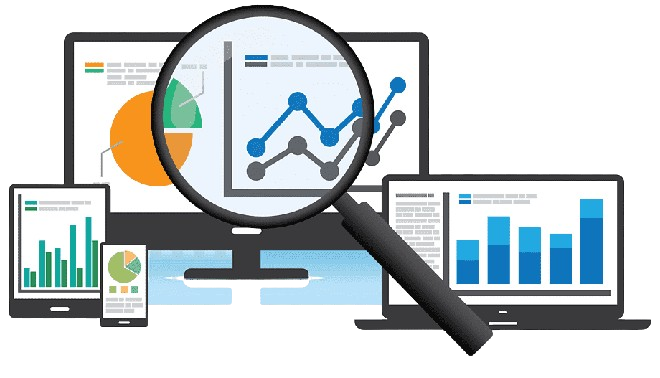
Predictive analytics employs statistical models and machine learning techniques to forecast future outcomes based on historical data. It aids businesses in anticipating trends, identifying risks, and discovering opportunities.
Forecasting: Utilize time series analysis and other methods to predict future values and trends.
Risk Assessment: Analyze historical data to predict potential risks and assess their impact on your business.
Customer Segmentation: Segment customers based on predictive models to enhance targeted marketing efforts.
Anomaly Detection: Identify unusual patterns in data that may indicate fraud or other significant issues.
Prescriptive analytics goes beyond predicting future outcomes by recommending actions that influence desired results. It integrates data, algorithms, and machine learning to empower businesses with informed decision-making capabilities.
Optimization Models: Develop models that suggest the best actions for maximizing or minimizing specific objectives.
Decision Analysis: Provide frameworks for evaluating different decisions and their potential impacts on business outcomes.
Scenario Analysis: Simulate various scenarios to understand potential outcomes and risks associated with different strategies.
Actionable Recommendations: Offer specific, data-driven recommendations to enhance business performance and decision-making.

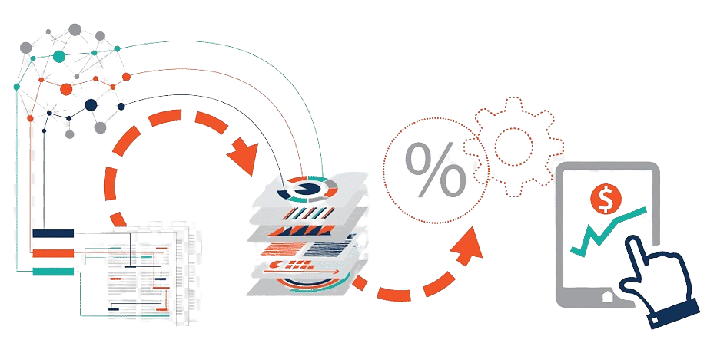
Big data analytics involves analyzing vast and diverse datasets to uncover hidden patterns, correlations, and insights. It enables businesses to harness complex data that traditional software cannot handle.
Data Mining: Extract valuable insights from large datasets using advanced algorithms and statistical methods.
Hadoop & Spark: Utilize robust big data technologies like Hadoop and Spark for storage, processing, and analysis of massive datasets.
Scalable Analytics: Implement scalable solutions capable of efficiently handling growing volumes of data.
Real-Time Processing: Analyze data as it is generated or received in real-time to facilitate immediate, data-driven decision-making.
Real-time analytics involves leveraging data as it enters the system to provide immediate insights and support timely decision-making in dynamic business environments.
Stream Processing: Process continuous data streams to deliver instant insights and alerts.
Event Detection: Identify and respond to specific events as they occur, such as detecting fraud or system failures.
Instant Reporting: Generate real-time reports to reflect the most current data and trends.
Operational Intelligence: Utilize real-time analytics to continuously monitor and optimize business operations.
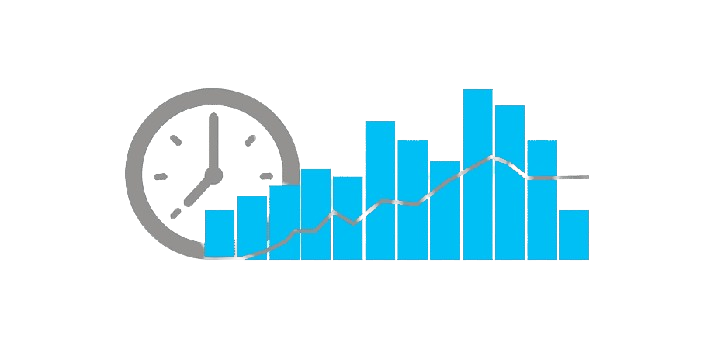
Implementation Strategies
01
Ensure comprehensive data collection from various sources to feed into analytics processes.
02
Implement rigorous data cleaning procedures to maintain high data quality.
03
Seamlessly integrate analytics tools with existing business systems.
04
Provide training to staff to effectively use analytics tools and interpret results.
The cutting-edge tech proficiency of our top web developers to build scalable web solutions
 Power BI
Power BI
 Tableau
Tableau
 Looker
Looker
 Ruby On Rails
Ruby On Rails
 java
java
 python
python
 Ruby
Ruby
 Hadoop
Hadoop
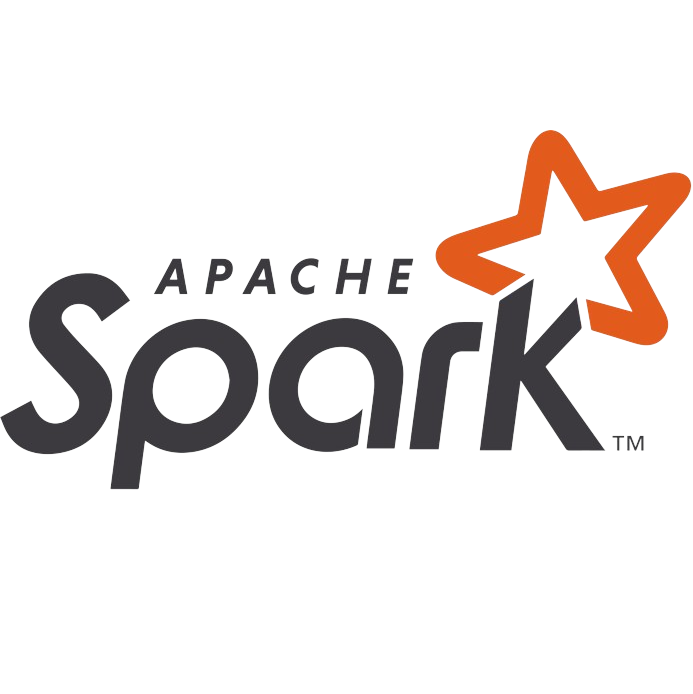 Apache Spark
Apache Spark
 AWS
AWS
 Azure
Azure
 GCP
GCP
 Bootstrap
Bootstrap
 Tailwind CSS
Tailwind CSS
 Figma
Figma
 Sketch
Sketch
 Adobe XD
Adobe XD
 Material-UI
Material-UI
 WordPress
WordPress
 Drupal
Drupal
 Joomla
Joomla
 Contentful
Contentful
 Adobe Experience Manager
Adobe Experience Manager
 Git
Git
 Npm
Npm
 Yarn
Yarn
 Webpack
Webpack
Data Analytics is the process of examining raw data to extract meaningful insights and patterns, helping businesses make informed decisions and improve their strategies.
Data Analytics helps in understanding market trends, customer behavior, and operational efficiency, leading to better decision-making, optimized processes, and increased profitability.
We offer Descriptive, Predictive, Prescriptive, Big Data, and Real-Time Analytics to address various business needs and challenges.
By providing actionable insights and identifying trends and patterns, Data Analytics enables more accurate and data-driven decision-making, reducing uncertainty and risk.
Data Analytics can benefit industries such as healthcare, finance, retail, manufacturing, and telecommunications, among others, by optimizing operations, improving customer experiences, and driving innovation.
We employ robust security measures such as encryption, access controls, and compliance with data protection regulations to ensure the confidentiality, integrity, and availability of data throughout the analytics process.
Data Analytics involves data collection, data cleaning, data analysis, and interpretation of results, followed by data visualization and reporting to derive actionable insights.
Predictive Analytics enables organizations to forecast future trends and behaviors, identify potential risks and opportunities, optimize resource allocation, and gain a competitive advantage.
Real-Time Analytics processes data immediately after it's generated, providing instant insights and enabling quick responses to events, whereas other types of Data Analytics may involve batch processing and historical data analysis.
Prescriptive Analytics goes beyond predicting outcomes by suggesting the best course of action to achieve desired business goals, enhancing decision-making processes and operational efficiency.
Artificial Intelligence enhances Data Analytics by automating processes, identifying complex patterns in large datasets, improving accuracy in decision-making, and enabling predictive and prescriptive analytics capabilities.
Yes, Data Analytics helps in understanding customer behavior, preferences, and sentiment analysis, enabling personalized marketing strategies, improving product offerings, and enhancing overall customer satisfaction and loyalty.
Common challenges include data quality issues, integration of disparate data sources, skill gaps in data interpretation, ensuring data privacy and security, and aligning analytics efforts with business objectives.
Success in Data Analytics initiatives can be measured by key performance indicators (KPIs) such as ROI (Return on Investment), improvements in operational efficiency, customer satisfaction scores, and the ability to achieve strategic business goals.
Data Analytics provides insights into market trends, customer behaviors, and operational performance, enabling informed decision-making, formulation of business strategies, and adaptation to changing business environments.
9372503316
contact@sikasolution.com
Mumbai